Anna Walker created miniature dioramas as a way to access joy during Melbourne’s long lockdowns. Her upcoming weekend workshops with fellow children’s book author Zana Fraillon will encourage children to make their own Story Houses, and find solace in imagination in the process.
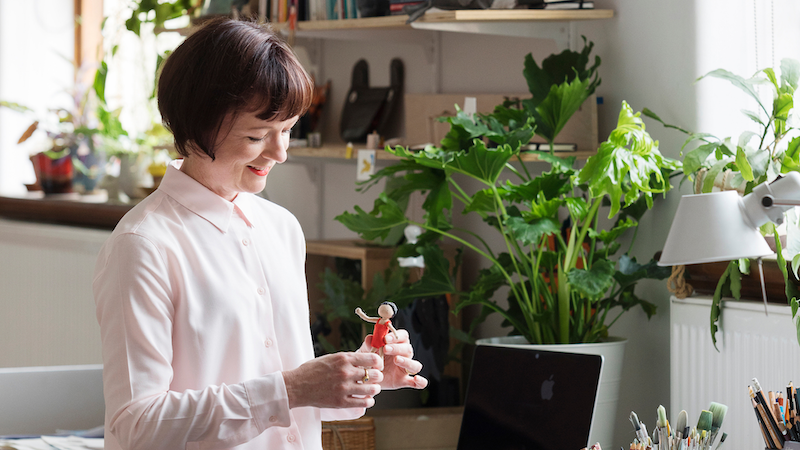
You are a children’s book author and illustrator, but you are also known for creating delicate handmade ‘story houses’. What are story houses, and why were you inspired to make them?
Making the Story House scenes began as a way of escaping the pandemic early in 2020. I needed an activity that brought joy when we couldn’t leave our homes. I would choose a favourite creature, often inspired by storybook characters from my childhood, and make them out of felt and wire. I imagined the life of the characters, thinking about what they enjoyed doing, and the details of their surroundings. I loved making teeny tiny snacks for them! Once finished, the scene would be carefully placed in a small wooden house in our front garden for children (or anyone who noticed a window nestled in the bay leaves) to see! Each month I would make a new Story House scene. I ended up making 18 of them.
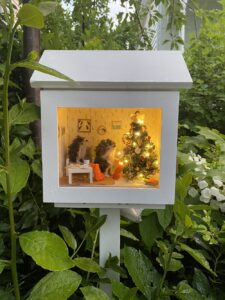
What was the response from your neighbourhood?
I have received a collection of gorgeous letters from people in the neighbourhood, expressing how much seeing the tiny worlds have meant to them. Sometimes when I am in the garden, people stop to say ‘thank you’. My favourite moment was in summer, when I heard a child exclaiming, “Mum! Look! There is a crocodile in the house!”
Each story house is made up of many unique and miniature pieces. Can you tell us a little about how you put the artwork together? What materials do you use and where do you source them from?
The characters are mostly made using armature wire and needle felting. The rest of the setting is a combination of paper, gouache, oven baked clay (Sculpey), scraps of fabric, felt and recycled cardboard. I often end up pulling cereal boxes out of the recycled bin and pouncing on any discarded boxes! Each scene takes a few weeks to make. When I sit down to work on one of the dioramas, I am usually surrounded by my sewing box, and boxes of various materials, along with paints, brushes and small glass eyes.
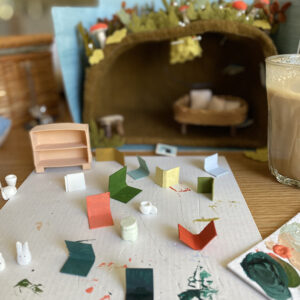
What do you hope for participants to get out of the Wheeler Kids workshops you’re running at No Vacancy Gallery with author Zana Fraillon?
I hope participants will be inspired by the scenes they see, the found objects they discover. And most of all I hope they are inspired by their own imagination. I can’t wait to meet the characters waiting to be made and hear their stories.
What has it been like working alongside Zana and her lost, forgotten and discarded objects? Has it changed the way you view your story houses?
Zana’s idea of imagining stories behind lost and forgotten objects is such a beautiful concept. In reflecting on the characters and settings I chose for each Story House, I realised each of them represented ordinary moments in my life that meant something to me. They symbolised everyday moments – whether it was reading, or having a cup of tea – many of which may have slipped into the past without recognition. I love the idea that simple things are celebrated as they provide reassurance and hope. I would not have thought about them like this, had it not been for Zana’s wonderful cabinet of curious things!
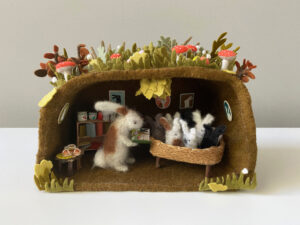
As part of our Wheeler Kids program, Anna Walker and Zana Fraillon are leading two workshops at No Vacancy Gallery on Saturday, 11 June 2022. Follow the links to find out more and to book the morning and afternoon workshops.
Related Posts
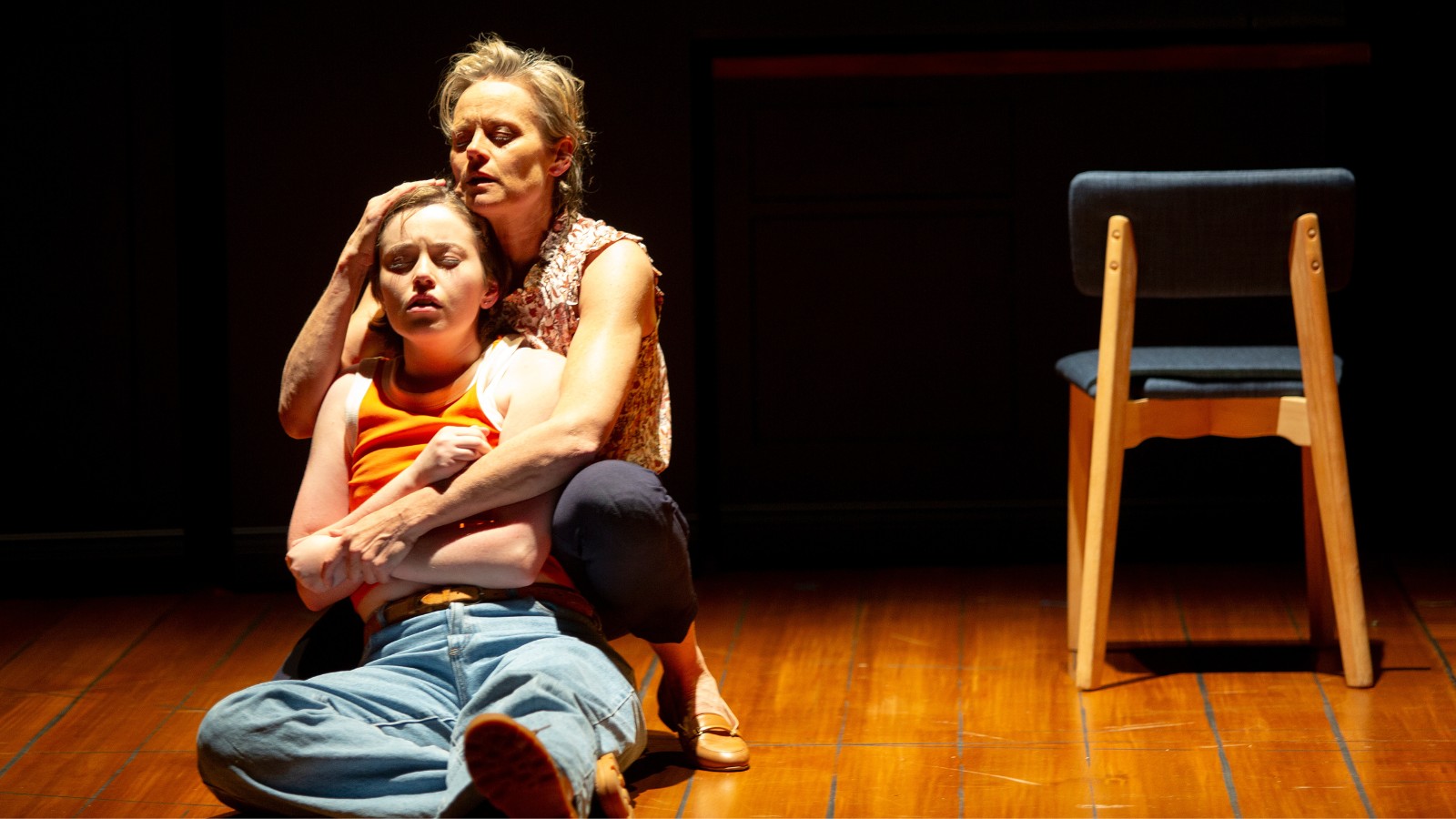
Read
Read an excerpt from The Almighty Sometimes
30 Apr 2024

Read
What's on in May: Resident Organisation Round Up
29 Apr 2024

Read
Anne-Marie Te Whiu Receives The Next Chapter Alumni Poetry Fellowship
2 Apr 2024

Read
What's on in April: Resident Organisation Round Up
28 Mar 2024

Read
Blak & Bright First Nations Literary Festival returns in 2024
7 Mar 2024

Read
What's on in March: Resident Organisation Round Up
29 Feb 2024
Share this content